Beyond Self-Care: Building Systemic Wellbeing for Lasting Teacher Success in International Schools
When I first began supporting teachers and staff in international schools, I thought personal resilience and self-care were the keys to sustaining their wellbeing. I focused on helping teachers manage stress, find balance, and build routines that supported their health. But as the years passed, I started to notice a concerning trend: despite individual efforts, many teachers were still overwhelmed, exhausted, and burned out.
I realized that something fundamental was missing—personal resilience alone was not enough to ensure lasting wellbeing. It wasn’t just about individual efforts; it was about the environment in which these teachers worked.
It became clear that teacher wellbeing was deeply influenced by school culture, resources, and institutional support. Wellbeing, I discovered, needed to be a systemic commitment shared by the entire school. This insight would later lead me to develop a holistic framework for international schools, aimed at building not only resilient teachers but a thriving school community.
The Problem: Teacher Wellbeing as a Systemic Issue
Educators in international schools face unique challenges—frequent relocations, navigating new cultures, and adapting to diverse student needs. Many international schools experience high turnover, as teachers often feel isolated and unsupported by their institution’s structures. In these schools, I repeatedly observed that teachers’ individual wellbeing was directly tied to the foundational support of their school. When schools lacked systems and a culture of support, even the most resilient teachers struggled to maintain their health and motivation.
Focusing solely on personal self-care left teachers in a cycle of burnout, without addressing the root causes embedded in the school environment. This gap in support created a domino effect that affected the entire school community.
This gap in support also reflects a shift in how educators, especially younger generations, view their professional lives. Traditional institutional approaches to wellbeing often focus on superficial perks like wellness days or occasional workshops, but these efforts barely scratch the surface. Today’s educators want more than band-aid solutions—they are looking for meaningful work satisfaction and a healthy work-life balance. They expect their workplace to prioritize wellbeing as part of the core culture, not just as a nice-to-have benefit.
The Cost of Inaction: Burnout, Turnover, and Student Impact
The consequences of overlooking teacher wellbeing extend far beyond individual exhaustion. International schools are facing record levels of teacher turnover, largely due to burnout and stress. This revolving door not only destabilizes the learning environment but directly impacts student engagement, behavior, and academic success. High turnover costs schools thousands of dollars each year in recruitment, time and training, while students suffer from a lack of continuity, diminishing the quality of their educational experience.
Without a supportive system, teachers carry the weight of their classrooms alone, often compromising their wellbeing to meet the demands of the job. When educators are stretched to their limits, their ability to connect with students, inspire learning, and foster a positive classroom culture diminishes. Over time, this not only affects academic outcomes but also undermines the school’s reputation, making it harder to attract and retain skilled educators.
The Solution: A Holistic Approach to Teacher Wellbeing
Recognizing these challenges, I knew there had to be a better way. If schools wanted to see real change in teacher wellbeing, they needed to create a foundation that would support their staff at multiple levels. I began examining research on health and wellbeing, employee satisfaction, and work-life balance, and combined this with my own experience supporting international educators. I developed a framework that would help schools assess and improve their approach to teacher wellbeing across three core levels: personal care, collective care, and institutional systems. (see below on more details on these areas if room/desired)
A Call to Action: Prioritizing Teacher Wellbeing for a Thriving School Community
International schools face a pivotal moment. As they contend with increasing turnover and burnout, schools have a choice: continue with fragmented solutions or embrace a holistic approach to wellbeing that supports every member of the community. By investing in personal, collective, and institutional care, schools can transform teacher wellbeing from an individual struggle to a shared mission.
It’s time for international schools to lead the way in redefining wellbeing, setting a standard for sustainable, community-driven support. Teachers are not just professionals—they are the heartbeat of the school. Supporting them in a holistic way doesn’t just help them thrive; it enriches the entire school community, creating an environment where everyone—teachers, students, and staff—can reach their full potential.
By Kirsten Pontius, Wellbeing Specialist
Get started with Kirsten Pontius in our new Transformative Wellbeing Leadership Certificate
We are excited to announce our upcoming Wellbeing Program, launching in January 2025, designed not only to support teachers but also to strengthen the wellbeing of school leaders themselves.
In collaboration with Sea Change Mentoring, Kirsten Pontius brings a holistic approach across three courses:
Course 1: Personal Care
Course 2: Collective Care
Course 3: Institutional Systems
Course registration opens December 1, but by registering your interest now, school leaders will be entitled to 10% off course registration. The program offers flexibility—you may choose to take individual courses or complete all three to earn the Wellbeing Leader Certificate. You also have an option of choosing a coached, cohort model or a self-aced model.
Each course is designed to empower leaders with strategies for personal resilience, community connection, and systemic support, creating a lasting impact on your wellbeing and that of your school community.
Don’t miss this opportunity to invest in sustainable wellbeing.

